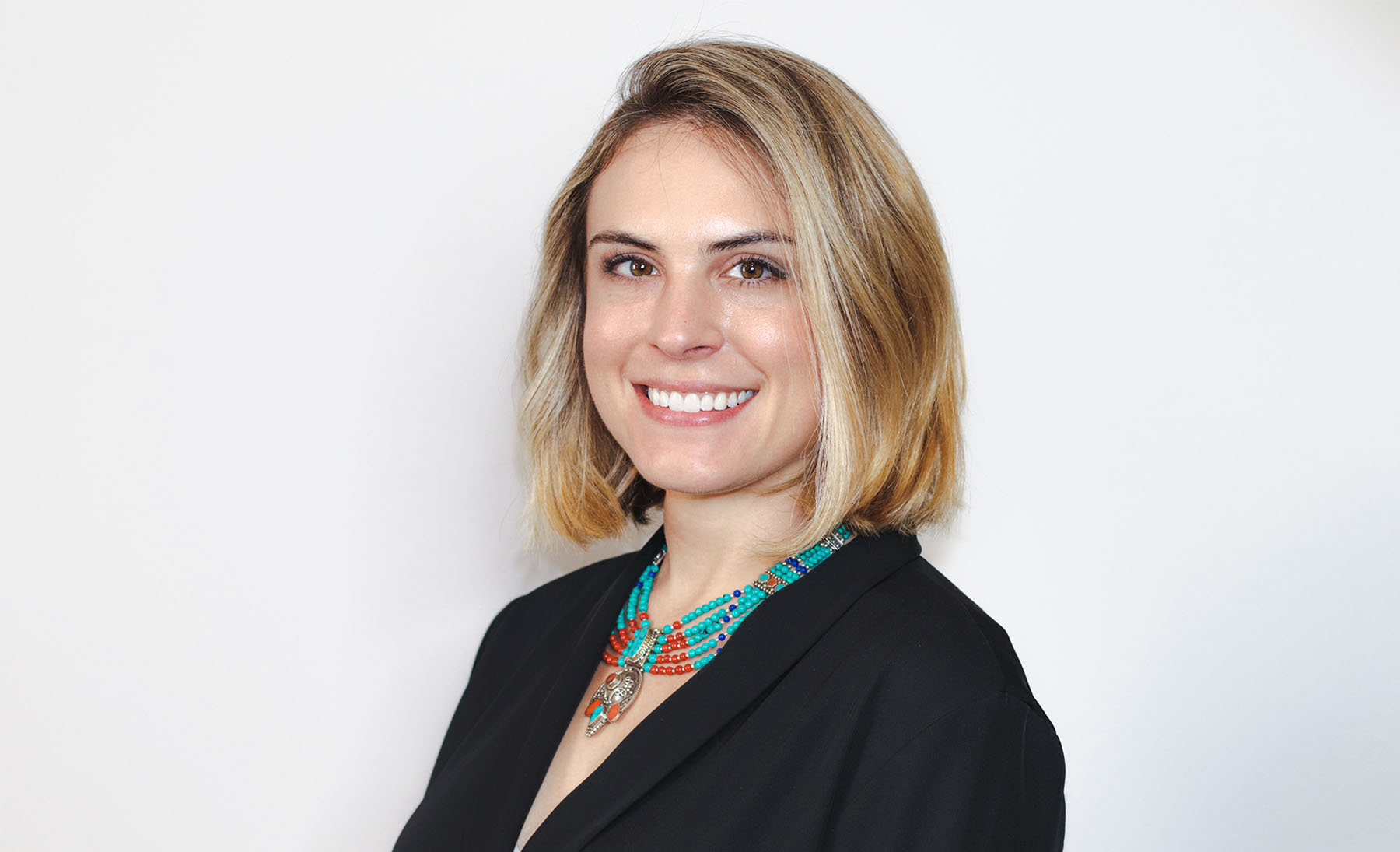As with many other areas of healthcare, COVID-19 has accelerated the transformation of clinical trials in a variety of ways. As the founder and CEO of Clinically Media, a healthcare IT company devoted to patient recruitment and retention for clinical-stage biotechs, Victoria Donovan has been on the frontlines to see the impact of many of those changes. But, in some cases, those changes have not been enough and she has been pushing for even more improvements in areas that many companies are still ignoring. Ultimately, her dream is to make clinical trials and the patient recruitment process inclusive, seamless, and yes, even sexy.
PM360: Clinical trial operations have experienced some challenges and evolutions as a result of the pandemic. What have been the biggest hurdles with getting patients to join trials during this time?
Victoria Donovan: One challenge is getting patients actually scheduled for their screening visits at sites in a timely manner. It has gotten better over the past few months, but from March 2020 through March 2021 it was a constant battle with a lot of no-shows. Another challenge was a big increase in complaints from patients participating in research. For example, we had a patient complain that the people running the trial at the research site they went to were not taking the necessary COVID precautions. But that’s tough, as the patient recruitment company there was nothing we could do besides suggest certain research sites over others.
Another major issue the pandemic put a spotlight on was the racial disparities in trials and the need for a more inclusive form of healthcare. From a recruitment standpoint, how are strategies being adjusted to address that issue?
The fact this is being brought up is something good that has come out of the pandemic in light of all of the horror. We’ve found that adjusting our recruitment strategy in the following ways helps. First, training our research sites and in some cases even educating the study sponsors on how different diseases present in different racial groups. For example, psoriasis presents differently depending on different levels of pigmentation in the skin.
Beyond that there are cultural differences in how diseases are perceived that need to be taken into account. For example, in Latino cultures Parkinson’s disease is historically left untreated, sometimes due to a lack of available treatment options. But it’s important to keep that in mind when designing a recruitment strategy or else you’re going to fall short and fail to speak to your audience authentically.
Another thing is working with the sponsors to include research sites with principal investigators (PIs) of varying racial backgrounds who speak other languages, specifically Spanish. We also create all of our recruitment materials in Spanish in addition to English. Plus, we have Spanish-speaking employees who are able to pre-screen these patients so they are more comfortable and to ensure things are not lost in communication.
Some minority groups are reluctant to join trials due to their familiarity with the past victimization of participants in medical experiments, such as with the Tuskegee syphilis experiments. Can you do anything to establish and build trust for those who might be reluctant to join trials for that reason?
We are aware of all these things and try to mitigate them the best way possible. We’re upfront about the potential benefits and drawbacks of participating in clinical research, as well as timelines to expect, what the informed consent is, and what expectations you’ll have as a participant. We also make it clear you can withdraw from the study at any time and you remain in control if you would like to seek other treatment options. We support organizations like the National Minority Quality Forum that are working to improve healthcare for minorities and are helping to make sure people know measures are in place to ensure trials are ethical, fair, and patients’ interests are put first.
Are there other areas within patient recruitment you feel are feel are lacking or ignored by many companies?
Major improvement is needed in branding consistency of various clinical trials for one study drug by a certain sponsor. The umbrella of the entire Phase 1, Phase 2, Phase 2B, Phase 3, should be branded under just one clinical trial brand with various different avenues for each. So much power comes from branding the study deliberately in the beginning and growing a network of people across that study who are familiar with it, and who you can reach back out to knowing they are ready to listen. It is a fantastic investment for a pharma/biotech company to make that remains untapped as a lot of unnecessary time is spent recreating the wheel for each individual study.
In your dream world, how else can the clinical trial process be improved?
My dream for five or 10 years down the line is to make clinical research sexy. To make it something that is marketed with aesthetically beautiful materials, a high level of professionalism, and consistency across the board. I want people to be excited to participate in clinical research, to see people they look up to talking about clinical research and participation, and for it to become a part of your healthcare plan versus something additional you do to make a couple hundred bucks.
What is needed to make that a reality?
First off, it will become easier with the introduction of more decentralized clinical trials and the ability to improve study design, make implementation much quicker, and reduce the hoops patients must jump through that makes participation a turn off. We need integration across the board from the second a patient sees an ad for a clinical trial. Once they decide to fill out the lead form, it should be sent directly to the research site so they can connect to a patient for prescreening, instead of requiring that patient to go through multiple different companies, phone calls, and prescreening efforts.
We also need a network of potential research participants featuring physicians, study sponsors, and patients. A lot of companies are working on building something like this, and so much potential exists for a cool resource where patients, family members, or friends can search for trials and actually understand it (unlike ClinicalTrials.gov) or be alerted if a relevant trial becomes available.
Generally, we also just need to be able to get the word out about studies more easily. Ultimately, this is for the good of society, not just for companies trying to get patients enrolled in their study. The better the communication we have around clinical trials, the more potentially life-changing drugs come to market. There’s a much bigger purpose behind all of this.









